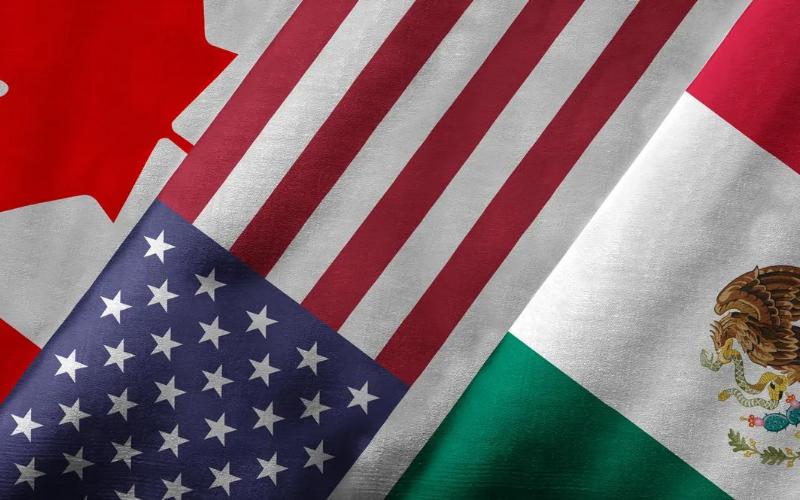Positive Outlook for Dairy Farmers in 2024, Despite Challenges Ahead

According to Olmedo, production in November exceeded the same month in 2023. "After two tough years, we are finally seeing a recovery in supply volumes," he noted. Looking ahead to 2025, he expressed cautious optimism: "There are green lights, but also some yellow warnings."
Improved Climate and Demand Projections Fuel Optimism
Olmedo's optimism stems from improved weather conditions. Although rainfall was uneven, soil moisture levels have recovered in most milk-producing regions during the spring. Export demand remains steady despite challenges, and there is hope for a rebound in domestic consumption, which plummeted by over 10% in 2014.
Export duties on grains continue, with no signs of imminent removal by the government. This helps reduce feed costs for dairy farms, providing some relief to producers.
These favorable conditions have raised hopes for another strong year in the dairy sector. However, Olmedo cautioned against complacency, citing economic and market uncertainties.
Challenges in Pricing and Export Competitiveness
"There are still critical issues to address," Olmedo explained. "While grain prices are favorable, the peso's appreciation complicates dairy exports." He noted that recent milk payments to producers failed to keep up with inflation.
"Although current prices remain competitive for domestic consumption, they pose a challenge for exports," he added. At 42 to 43 cents per liter in dollar terms, export margins are under pressure. Rising production costs, including wages, logistics, and taxes, further complicate the situation for dairy industries.
Olmedo highlighted additional costs associated with exports: "Although we are exempt from the PAIS tax, numerous extra charges erode our competitiveness."
Internal Demand as a Key Factor for 2025
The producer remains hopeful about an uptick in domestic dairy demand in 2025. "Consumption is gradually picking up, which is crucial for the industry's payment capacity," he said. However, he emphasized the importance of balancing production growth with demand.
Potential Policy Shifts and Cost Implications
Another concern is the potential removal of export duties on soy and corn, which could significantly impact dairy production costs. "This is a critical issue for dairy entrepreneurs to monitor," Olmedo stressed. He urged farmers to use the current period to improve operational efficiency, as any changes to export duties would likely raise feed and land rental costs.
Preparing for a Competitive Future
Olmedo observed that many producers are already preparing for these potential changes by focusing on efficiency. "Key metrics like liters of milk per cow and production costs per liter will become increasingly important," he said.
"We may see higher stocking rates or a shift towards systems that rely less on grains, but in all cases, efficiency will be the defining factor," he concluded.











